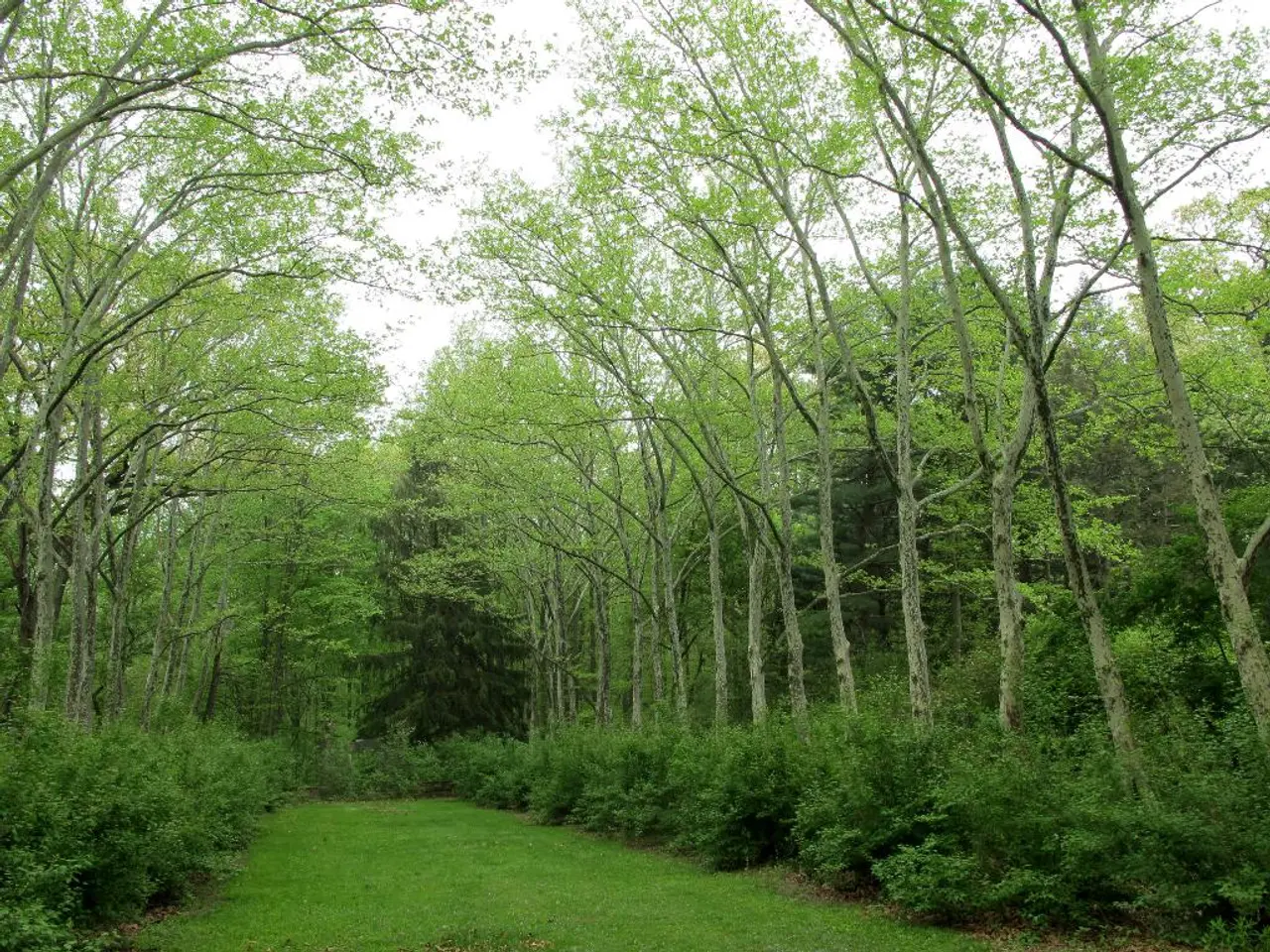Sow these 7 plants during August for significant soil enhancement as green manures
August is an ideal time to enhance the fertility and structure of your vegetable garden by sowing green manures. These cover crops not only improve soil health but also suppress weeds, attract beneficial insects, and enhance the overall beauty of your garden.
Alfalfa, clover varieties (especially crimson clover), rye, and phacelia are all excellent choices for green manure in vegetable gardens sown in August.
Alfalfa, with its deep-rooted nature, loosens heavy soil and fixes nitrogen through root nodules. It also smothers weeds and attracts pollinators. Sow seeds about half an inch deep and cut back after flowering before incorporating into the soil.
Clover, including crimson clover, enriches soil nitrogen, improves organic matter content, suppresses weeds, and attracts bees and butterflies. Crimson clover is especially noted for its soil-enriching qualities and visual appeal.
Rye acts as a protective cover crop that prevents erosion, adds organic matter, and stimulates beneficial soil microbes.
Phacelia, with its fast-growing nature and blue or purplish flowers, attracts bees and other beneficial insects. It can be sown anywhere between spring and early fall and can be left to cover the soil before digging in come spring if it is killed by frost before it sets seed.
Hairy vetch's speedy and creeping growth helps suppress weeds that may otherwise germinate in fall and prevents weeds from popping up in spring.
Winter rye is versatile and can grow in many different soil types, even poorer ones. It grows quickly, captures and stores nutrients throughout fall and winter, and needs to be cut down around a month before planting. Its deep roots make it ideal for green manure in gardens on a slope, preventing erosion and loss of nutrients during the colder months.
Mustard's thick taproot helps break up the ground, making it effective for combating compaction in heavier soil types and preventing soil erosion or water runoff.
August is also an opportunity to plant vegetables for harvests in fall and winter. A guide to vegetables to plant in August is available.
Daikon radish improves soil structure with its deep tap roots and smothers weeds with its broad foliage. It can be planted until the end of August, and the roots will be available to harvest around 70-80 days later. If not harvested, daikon radish roots break down following winter frosts and release goodness into the soil.
Organic alfalfa seeds, non-GMO heirloom crimson clover seeds, phacelia seeds, and other necessary gardening tools can be purchased from various online retailers such as True Leaf Market, Amazon, and Burpee.
It is simple to sow green manure seeds in the garden in August and then cut back and dig in the cover crop around 2-4 weeks before planting again in spring. Crimson clover may not overwinter in colder US hardiness zones, but its foliage can be left on the surface if it does succumb to cold.
By incorporating green manures into your August gardening routine, you can significantly improve the health of your soil, ensuring a thriving vegetable garden for seasons to come.
Sowing non-GMO heirloom crimson clover seeds in August improves soil nitrogen content and offers visual appeal with its purple flowers. Crimson clover can be cut back and dug in before spring planting, or its foliage can be left on the surface in colder US hardiness zones.
August is a perfect time to plant daikon radish, beneficial for improving soil structure with deep tap roots and suppressing weeds with broad foliage. Harvesting can be done around 70-80 days later, and if not harvested, the roots break down following winter frosts, releasing nutrients into the soil.
By incorporating green manures like phacelia, rich in blue or purplish flowers that attract beneficial insects, into your August landscaping for home-and-garden, you are enhancing the overall beauty of your health-and-wellness lifestyle, promoting fitness-and-exercise opportunities by encouraging pollinators, and supporting a sustainable home-and-garden ecosystem.




